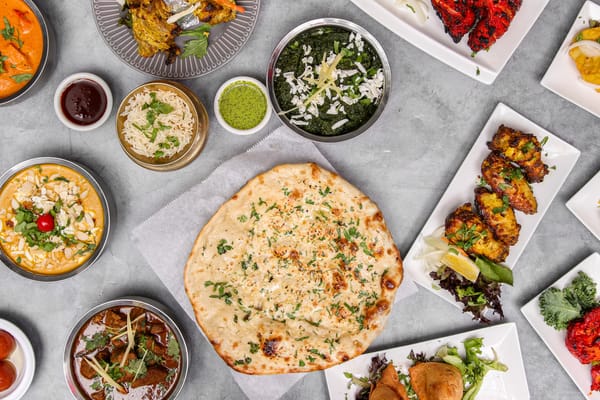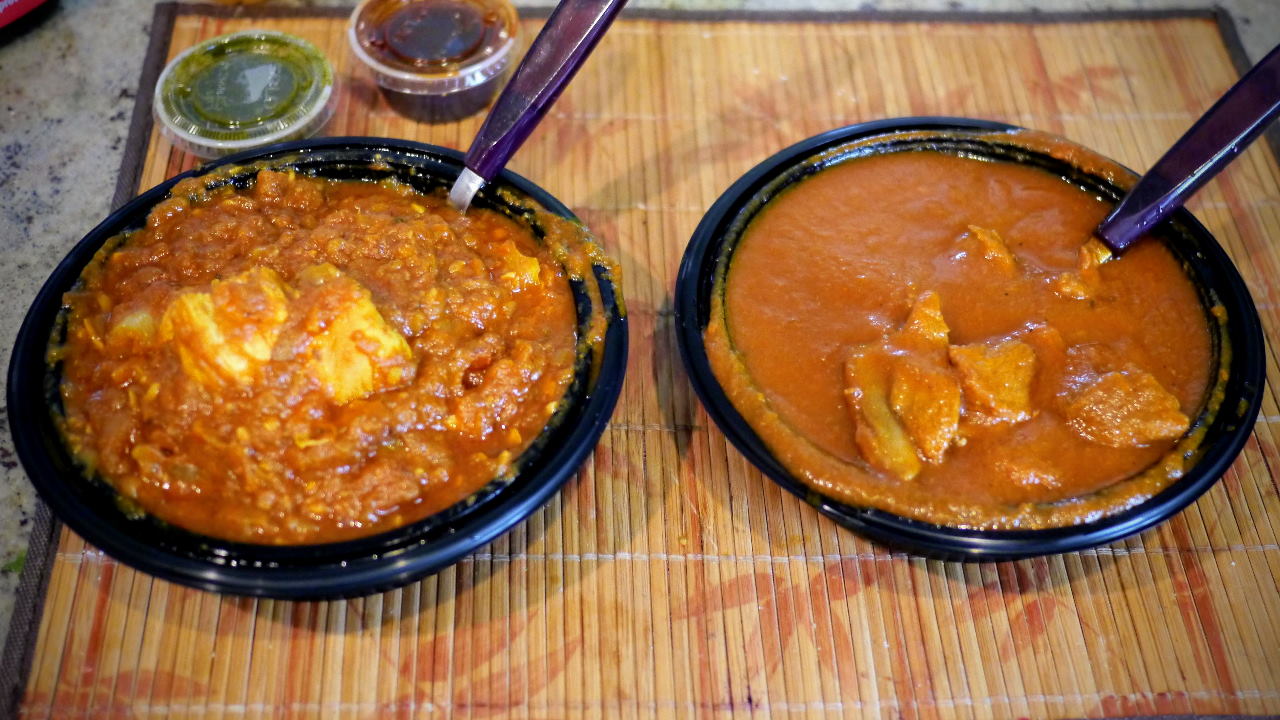Chakras and Indian Cuisine: A Harmonious Fusion of Spirit and Taste
Introduction
Indian cuisine, with its rich tapestry of flavors and spices, has long been celebrated for its culinary prowess. However, beyond the sensory pleasure, Indian cuisine is deeply rooted in the philosophy of Ayurveda, the ancient Indian science of life. One of the fundamental concepts in Ayurveda is the chakras, which are energy centers in the body believed to influence physical, emotional, and spiritual well-being. This article explores the connection between chakras and Indian cuisine, highlighting how the latter can be used to balance and enhance the energy flow within the body.

Understanding Chakras
What are Chakras?
Chakras are energy centers located along the spine, starting from the base of the spine to the crown of the head. There are seven main chakras, each corresponding to different aspects of the body and mind. These chakras are believed to be responsible for the flow of prana, or life force, throughout the body.
The Seven Chakras
1. Muladhara (Root Chakra): Located at the base of the spine, this chakra is associated with survival, security, and stability.

2. Swadhisthana (Sacral Chakra): Situated below the navel, this chakra is connected to creativity, emotions, and sensuality.
3. Manipura (Solar Plexus Chakra): Located above the navel, this chakra is associated with personal power, confidence, and willpower.
4. Anahata (Heart Chakra): Situated in the center of the chest, this chakra is connected to love, compassion, and emotional balance.
5. Vishuddha (Throat Chakra): Located in the throat area, this chakra is associated with communication, expression, and creativity.
6. Ajna (Third Eye Chakra): Situated between the eyebrows, this chakra is connected to intuition, insight, and wisdom.

7. Sahasrara (Crown Chakra): Located at the crown of the head, this chakra is associated with spiritual connection, enlightenment, and cosmic awareness.
The Role of Indian Cuisine in Balancing Chakras
Spices and Herbs
Indian cuisine is renowned for its use of a wide variety of spices and herbs, each with its own unique properties. These ingredients are not only used to enhance flavor but also to balance the chakras.
1. Turmeric (Haldi): Known for its anti-inflammatory properties, turmeric is often used to balance the Muladhara chakra.

2. Cumin (Jeera): Cumin is believed to stimulate the Swadhisthana chakra, promoting creativity and emotional balance.
3. Ginger (Adrak): Ginger is known for its ability to stimulate the Manipura chakra, boosting confidence and willpower.
4. Cardamom (Elaichi): Cardamom is believed to open the Anahata chakra, fostering love and compassion.
5. Fennel (Saunf): Fennel is used to balance the Vishuddha chakra, improving communication and expression.
6. Ashwagandha: This herb is known for its ability to balance the Ajna chakra, enhancing intuition and wisdom.

7. Amalaki (Amla): Amalaki is believed to balance the Sahasrara chakra, promoting spiritual connection and enlightenment.
Food Combining
In Ayurveda, food combining is an essential aspect of balancing the chakras. Indian cuisine often follows these principles, ensuring that the body receives the necessary nutrients and energy.
1. Combining Fruits and Vegetables: Fruits are typically eaten separately from vegetables to avoid digestive imbalances.
2. Combining Proteins and Carbohydrates: Proteins and carbohydrates are often combined in Indian dishes to provide a balanced meal.

3. Avoiding Cold Foods: Cold foods are believed to hinder the flow of prana, so they are generally avoided in Ayurvedic cuisine.
The Science Behind It
Research on Chakras and Indian Cuisine
While the concept of chakras is not widely accepted in Western science, there is growing interest in the effects of Ayurvedic practices, including the use of Indian cuisine, on overall well-being.
1. A Study on Turmeric: A study published in the Journal of Alternative and Complementary Medicine found that turmeric can help reduce inflammation and improve overall health.

2. A Study on Cumin: Another study published in the Journal of Ethnopharmacology suggested that cumin can enhance cognitive function and reduce stress.
Conclusion
Chakras and Indian cuisine share a deep, interconnected relationship. By incorporating the principles of Ayurveda into their culinary practices, Indian chefs have created dishes that not only satisfy the palate but also balance the body’s energy centers. While the scientific community may not fully embrace the concept of chakras, the benefits of Indian cuisine in promoting overall well-being are undeniable. As we continue to explore the intersection of food and wellness, the fusion of chakras and Indian cuisine offers a promising path towards a healthier, more balanced life.
Recommendations and Future Research
To further explore the connection between chakras and Indian cuisine, the following recommendations and future research directions are proposed:

1. Clinical Trials: Conducting clinical trials to study the effects of specific Indian dishes on chakra balance and overall well-being.
2. Culinary Workshops: Organizing culinary workshops that focus on the Ayurvedic principles of chakra balancing through Indian cuisine.
3. Educational Campaigns: Launching educational campaigns to raise awareness about the benefits of Indian cuisine in promoting chakra balance and overall health.
By delving deeper into this harmonious fusion of spirit and taste, we can unlock the true potential of Indian cuisine and its role in enhancing our well-being.






